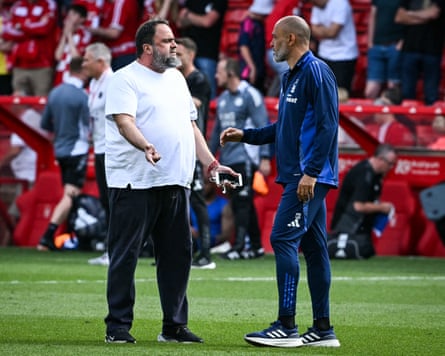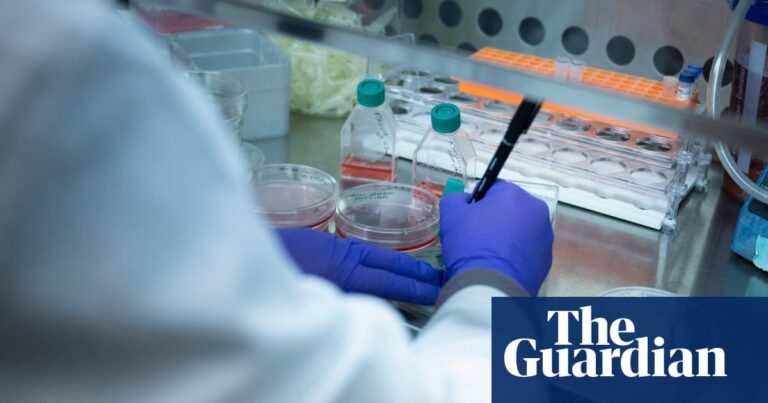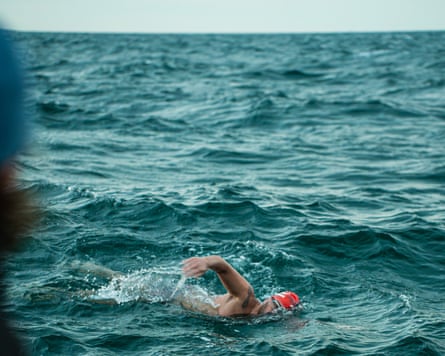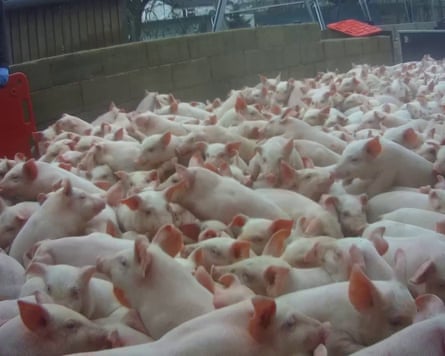Wimbledon’s controversial plans to build 39 new tennis courts have been given the green light after the deputy mayor of London ruled that the “very significant benefits” of the scheme outweighed any potential harm to the environment.
Speaking at the end of a three-hour public hearing at City Hall, Jules Pipe said it was right for the All England Lawn Tennis Club to be granted planning permission to expand from 41 to 115 hectares on the site of the old Wimbledon Park golf course.
Campaigners had urged Pipe to reject the plans as it would lead to 300 trees being chopped down and the creation of a “tennis industrial complex”. They also pointed out that the site was on metropolitan open land, which usually requires “very special circumstances” to build on.
However Pipe insisted the scale of the benefits from the development, which include a new 8,000-seat show court as well as 38 other courts for a qualifying tournament and practice facilities, met such a threshold.
“The proposed development would facilitate very significant benefits, including those to public open space and recreation, community, cultural heritage, ecology and biodiversity, economic, employment and transport,” he said.
“These would clearly outweigh the harm caused by the proposal and represent very special circumstances. For these reasons, I agree with the GLA [Greater London Authority] planning officer’s recommendation and grant planning permission.”
The news was welcomed by the AELTC’s chief executive, Sally Bolton, who said that Wimbledon hoped to have the new courts in place by the early 2030s.
“It’s fantastic news,” she said. “We’ve got some legal agreements to work through, but then we can look forward to delivering one of the greatest transformations since the London Games, which I think we’re all very excited about delivering.”
Bolton insisted that being able to stage a qualifying tournament on site, rather than at the Bank of England grounds in Roehampton, three miles away, would “create an exceptional three-week event” with fans also able to watch the world’s best players practise.
Critics of the scheme reacted with disappointment and said the AELTC had failed to demonstrate how its purported economic benefits of over £300m a year would benefit the local community. And they also accused the AELTC of failing to properly consult residents before coming up with their proposal.
Fleur Anderson, the MP for Putney, also warned that only 28% of the new area would be open to the public. “Local people are the losers in the deal,” she said.
“We knew we had a big fight on our hands to take on Wimbledon and to try to get them to listen but I am just so disappointed that this is going to go ahead. There is going to be such disruption of our very precious green space. But the fight doesn’t end here.”
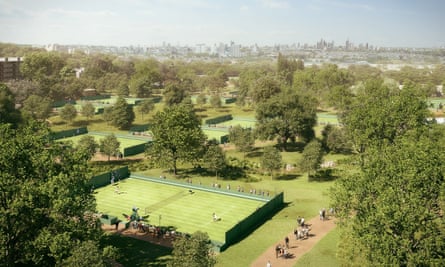
Once legal documents are signed, the opponents of AELTC’s proposals will have six weeks to decide whether to take the case for judicial review and, potentially, the supreme court.
One avenue for a challenge could be over a covenant signed by the AELTC in 1993 when it bought the golf course land from Merton council in 1993.
“Call me old-fashioned but I believe promises should be kept,” Paul Kohler, the MP for Wimbledon said. “In 1993 the then-chairman of the AELTC, John Curry, said: ‘We completely understand and support everyone’s determination to keep the land open and we have purchased the land on that basis.’ And in 2018 the AELTC also promised to deliver proposals with the local community.
“People don’t trust public bodies. So my message is, let’s keep our word.”
Source: theguardian.com











